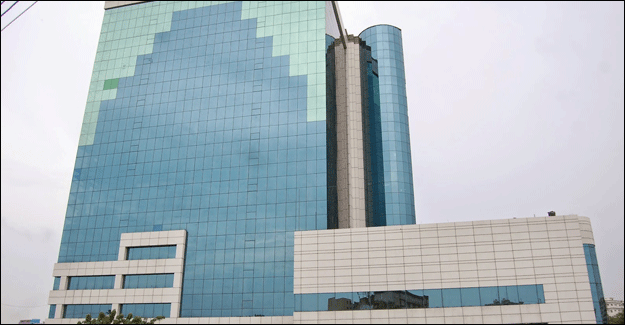
Bangladesh Textile Manufacturers Exhorted To Turn Challenge Into Opportunity
In a recently held meeting, Bangladesh’s garment manufacturers asked their government for basic infrastructure support to improve predictability of business trends. They sought that the government facilitate the efficient functioning of the Chittagong port besides the national airports. In addition, they called for a stable power tariff to enable uninterrupted growth in apparel exports.
The Bangladesh Textile Mill Association president Tapan Chowdhury emphasized that the government should ensure stability in pricing of electricity and gas. “This will help us in a big way to set up long term plans and goals for our businesses,” he added.
Pointing out that nearly 82 per cent of Bangladesh’s export receipts were accounted for by the garment sector, he said, “The government needs to provide incentives to the primary textile sector. This in turn will help increase raw material supply to the garment sector and result in an overall boost.”
According to current estimates, the primary textile sector provides 85 percent of raw materials needed by the knitwear sector and a measly 40 percent by the woven sector.
The meet at which Chowudhury made these remarks was organized by Bangladesh Garment Manufacturers and Exporters Assocciation (BGMEA). The discussion was centered on the topic, “Current situation of the garment industry and a way out.”
Conceding that grounds exist to believe that the garment sector is passing through a crucial phase, Mustafizur Rahman, an eminent figure from the Centre for Policy Dialogue said, “This challenge should be viewed as an opportunity too. We have to complete the groundwork for availing of the opportunity that presents itself in the face of a challenge.”
He mentioned that the groundwork would include upgrading facilities and ensuring efficient infrastructural support at the Chittagong, Mongla and Payra ports besides the airports. Eying the opportunity as the speedy recovery of the global markets on the export front, he reminded the manufacturers that the most preferred choice for garment retailers and brands is still Bangladesh.
He also emphasized the need for Bangladesh to begin targeting emerging export destinations and pointed out that India, China, and the Latin American countries are among those that import garments worth billions of dollars annually.
He however, conceded that raw material supply was a plus point for India as it produced and exported a lot of raw cotton and it worked out to its advantage.

Textile Excellence
If you wish to Subscribe to Textile Excellence Print Edition, kindly fill in the below form and we shall get back to you with details.








